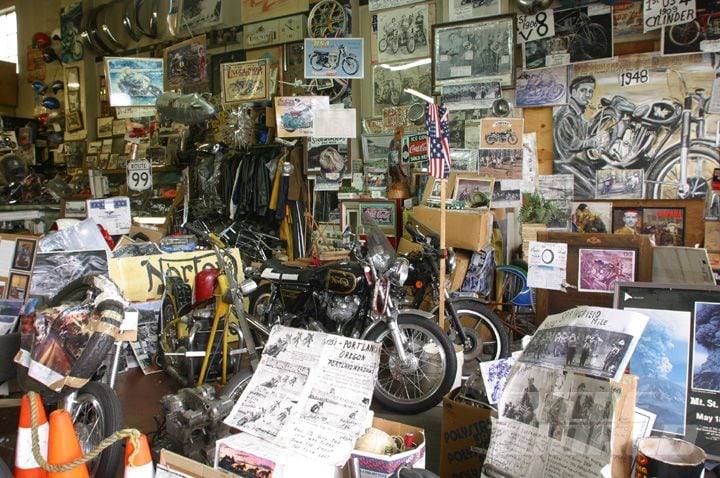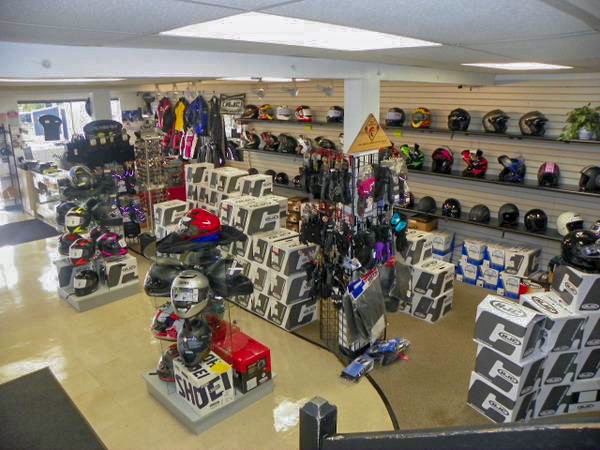Let Loose Performance with Costs Motox Parts NZ Available Below
Let Loose Performance with Costs Motox Parts NZ Available Below
Blog Article
Comprehending the Important Components of a Motorcycle: A Comprehensive Overview for Enthusiasts
For bike enthusiasts aiming to elevate their riding experience and ensure their bikes run efficiently, understanding the necessary parts of a motorbike is vital. Each element, from the engine's elaborate workings to the critical role of the braking systems, not only influences efficiency however additionally safety and convenience. This overview will certainly go through the fundamental parts that every biker must recognize with, enabling notified selections in both upkeep and potential upgrades. As we begin this expedition, one must ask: exactly how does each part communicate to create the seamless trip every lover looks for?
Engine Elements

The camshaft plays a critical duty in controlling the timing of the engine's shutoffs, guaranteeing the accurate opening and closing necessary for efficient fuel and air consumption, along with exhaust expulsion. This timing is critical to preserving optimal engine performance and efficiency. Additionally, the carburetor or fuel injection system, relying on the motorbike model, is accountable for mixing air with fuel in the proper ratio for burning.
The cooling system, either air or liquid-based, works to preserve the engine's temperature within operational limitations, preventing getting too hot and guaranteeing durability - motocross gear nz. Each component, diligently developed and incorporated, adds to the seamless procedure of the engine, specifying the motorcycle's power outcome and total performance
Transmission System
Integral to the motorcycle's capability, the transmission system makes certain effective power transfer from the engine to the wheels. This system consists of numerous critical components, including the clutch, gearbox, and final drive, each playing a vital role in converting the engine's power right into activity. The clutch, normally operated by a hand bar, offers to involve and disengage the engine from the transmission, enabling smooth equipment adjustments and regulated acceleration.
The transmission, often referred to as the transmission appropriate, has a collection of gears that motorcyclists can by hand shift via to adjust the bike's speed and torque output. These gears are organized in a sequence that allows the motorbike to accelerate smoothly and maintain optimum engine efficiency across different speeds. Many motorcycles make use of a consecutive transmission, requiring the rider to change equipments in a fixed order.
Braking Devices
While comprehending the transmission system is essential to harnessing a bike's power, just as crucial is the ability to manage and quit that power properly, which is where braking systems come into play. Brakes are important for safety and efficiency, giving the biker with the necessary control to browse numerous surfaces and conditions. Usually, motorcycles include two kinds of braking systems: disc brakes and drum brakes.
Disc brakes are much more widespread in modern motorbikes due to their exceptional efficiency. This system provides much better warmth dissipation, regular efficiency, and boosted stopping power, specifically in wet conditions.
On the other hand, drum brakes, though less common, are still located in some motorbikes. They function by pressing brake shoes against the internal surface area of a drum connected to the wheel. While usually much less effective in warm dissipation and quiting power, drum brakes are less complex and more cost-efficient.
Understanding these braking systems' nuances enables cyclists to maintain their motorcycles correctly and appreciate the design that ensures effective and secure quiting.
Suspension and Guiding
Suspension and steering systems are vital elements that substantially affect a motorcycle's handling and experience convenience. The shock absorber, containing forks at the front and shock absorbers at the back, soaks up roadway abnormalities, improving stability and control. Front forks, commonly telescopic or upside down, compress and rebound to alleviate influences, while back shock absorbers keep tire contact with the road, vital for grip and safety and security.
Guiding, focused around the handlebars, connects the rider to the motorcycle's directional control. The guiding head bearings make certain smooth procedure, permitting exact ability to move. Appropriate alignment and upkeep of these bearings are vital for predictable steering feedback and reducing rider fatigue.
The suspension's adjustability is an additional important element; preload, damping, and rebound settings allow modification to match various riding styles and problems. This flexibility is vital for enhancing performance, whether browsing urban roads or taking on tough trails. Advancements like electronic shock absorber use real-time modifications, enhancing experience high quality across varied surfaces.

Electric Systems
After making certain a regulated and smooth trip via efficient suspension and guiding systems, interest transforms to the electrical systems, an essential aspect of modern-day motorcycles. used motocross bikes for sale near me These systems play a vital role not only in beginning the engine but likewise in powering numerous components that improve the functionality and security of the bike.
At the heart of a motorcycle's electric system is the battery, which shops electric power essential for beginning the engine and powering auxiliary systems - motorcycle shop. The alternator or generator, paired with the rectifier-regulator, ensures the battery stays charged while the motorbike functions, transforming mechanical power right into electrical energy and preserving voltage degrees
The ignition system, an additional critical element, is accountable for igniting the air-fuel mixture in the engine's cylinders. Modern motorcycles typically make use of an electronic ignition system, providing higher effectiveness and integrity compared to conventional systems.
Lighting systems, including headlights, tail lights, and signs, are additionally essential, guaranteeing exposure and safety and security for the motorcyclist. Extra electronic components such as sensors, control systems, and presents add to sophisticated functions like fuel injection administration, anti-lock braking systems (ABDOMINAL MUSCLE), and digital control panels, even more improving here the riding experience.
Final Thought
A complete comprehension of a motorcycle's crucial components, consisting of the engine, transmission system, braking devices, suspension, steering, and electric systems, is vital for enthusiasts intending to maximize efficiency, safety, and convenience. Proficiency of these aspects permits informed choices relating to upkeep and upgrades, ultimately boosting the riding experience. By incorporating this expertise, bikers can guarantee their bikes operate at peak performance and dependability, therefore making the most of both satisfaction and longevity of their cars.
For bike enthusiasts looking to raise their riding experience and guarantee their bikes run efficiently, comprehending the important elements of a bike is paramount.Important to the motorcycle's performance, the transmission system makes sure efficient power transfer from the engine to the wheels.While understanding the transmission system is crucial to harnessing a motorcycle's power, equally vital more helpful hints is the capability to manage and quit that power properly, which is where stopping mechanisms come right into play. Commonly, motorcycles feature two kinds of stopping systems: disc brakes and drum brakes.
A comprehensive comprehension of a motorbike's necessary parts, consisting of the engine, transmission system, stopping devices, suspension, steering, and electrical systems, is important for lovers aiming to enhance safety and security, performance, and convenience.
Report this page